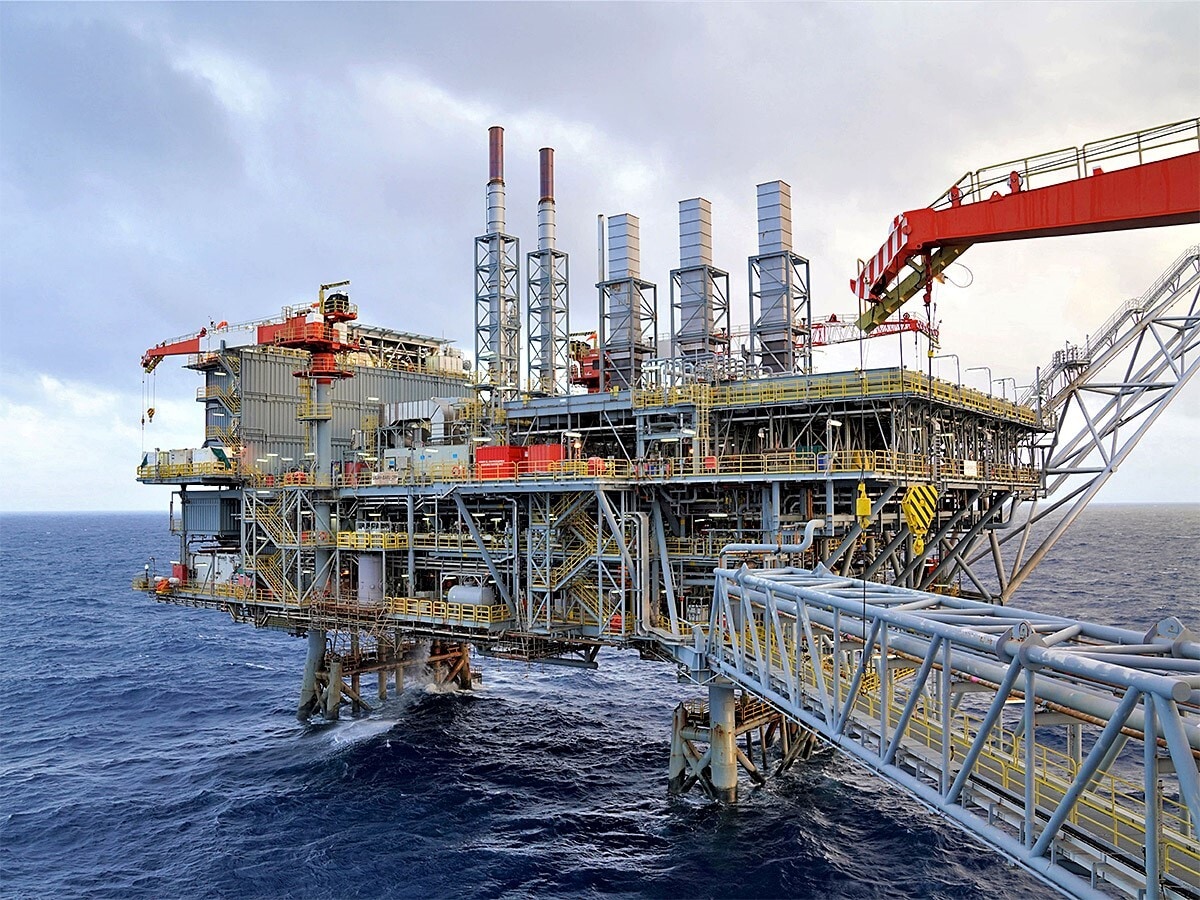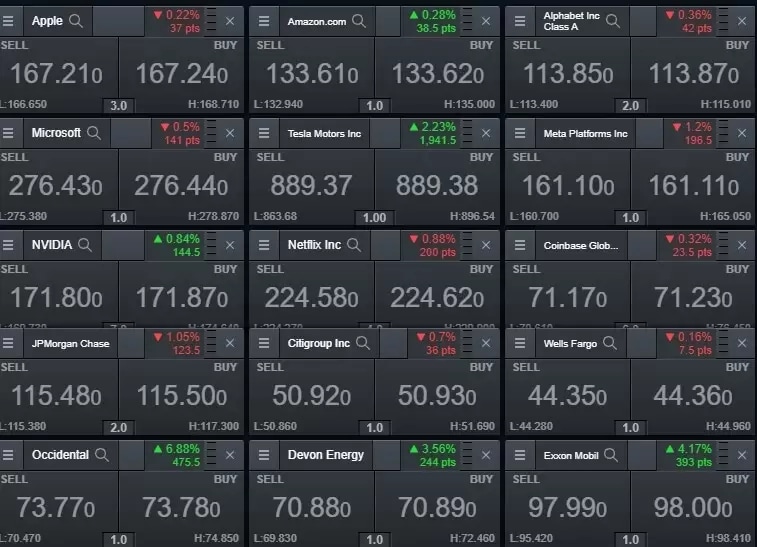
US stocks retreated from session highs amid a slew of weak economic data, while investors were waiting for Fed officials' speech at the Jackson Hole Symposium later this week. Now a 50 or 75 bps rate hike is a 50/50 chance by the futures pricing on the CME Group FedWatch Tool. The US 10-year bond yield stayed above 3%, and the CBOE Volatility Index was at 24, suggesting investors’ caution remained high toward the Fed policy trajectory.
However, a deterioration of the Eurozone’s economic outlook sparks more concerns amid a jump in oil prices and a 14-year high natural gas prices. Despite a rise in EUR/USD, the Eurodollar stayed at the lowest level against the US dollar since November 2002. And the devaluation of the single currency may be far away from the end on the back of high inflation and negative GDP growth, which marks a typical “stagflation” phase in the region.
Asian markets are set to open higher
Most of the Asian futures markets are pointing to a higher open following the resilient US session. The Chinese second-largest e-Commerce company, JD.com Q2 earnings beat analysts’ estimates but reported the slowest revenue growth in the second quarter, up 5.4% annually, due to covid lockdowns in Shanghai, which led to weakening demands. With all the Chinese tech stocks reporting weak performances in the second quarter, China’s economic recovery becomes cloudier, despite Beijing’s efforts to boost confidence. But Chinese tech shares could have an opportunity to bounce since most companies provided a better outlook into the second half of the year, along with loosening regulatory crackdowns over the sector.
The NZX 50 fell 0.38% in the first half-hour of trading. Heartland bank shares plunged 12% after a trading halt. The bank completed a NZ$130 million placement of the NZ$200 million equity raising, with an offer of NZ$1.8 per share. Meridian Energy’s shares dropped 3.7% at the open after the company reported an FY22 full-year EBITDAF of NZ$709 million or a 2.5% jump annually, with a dividend of NZ 11.55 cents per share.
ASX 200 futures were up 0.22%, pointing to a higher open. The energy sector is expected to stay strong following the outperformance on Wall Street.
Energy stocks outperformed on Wall Street
The Dow Jones Industrial Average fell 0.47%, the S&P 500 was down 0.22%, and Nasdaq was flat.
7 out of the 11 sectors in the S&P finished lower, with healthcare and real estate leading losses. Energy stocks outperformed due to a jump in oil prices.
The US flash services PMIs for August contracted to 44.1, which is the lowest since May 2020, and the manufacturing PMIs fell to 51.3, the weakest since July 2020. The new home sales for July grew the least since April 2016.
Zoom’s shares fell 15% after the company reported slower revenue growth of 8% from 12% a year ago, along with weaker-than-expected guidance.
The major companies’ performance overnight (24 August 2022)

The US dollar weakens as risk appetite recovers
The US dollar fell against major G10 currencies as the risk appetite seems to recover despite the US weak economic data. Or “bad news” again becomes “good news” as this strengthens the odds for a “peak Fed” ahead of the key event later this week. Commodity currencies strongly rebounded. The Australian dollar jumped the most against the greenback, up 0.77% to 0.6928 this morning. The New Zealand dollar was up 0.65% against the US dollar, to 0.6215. Ann USD/CAD fell 0.76%, to 1.2957.
Crude oil prices rose more than 3% on expectations of an OPEC+ output cut
Broad commodities were higher due to a drop in the US dollar. Oil prices rose to the highest since 12 August as Saudi Arabia’s Energy Minister signed to cut production anytime. The jump in oil prices suggests that the recent Iran nuclear negotiation might not be an imminent bearish factor for the oil markets. With the US oil reserve falling to the lowest level since 1985. Both WTI and brent futures were up more than 3%, to US$93.69 and US$100.22 per barrel.
The Comex gold futures rose 0.7%, to $1,760 per ounce. Silver futures were up 0.7% to US$19.08 per ounce.
US and EU Bond yields were little changed while Australian and New Zealand bond yields were higher
The 10-year US Treasury yield rose to 3.05%, and the yield on the 2-year note rose to 3.30%.
The UK 10-year gilt yield rose to 2.57%, and the German 10-year bund yield climbed to 1.31%,
The Australian 10-year government bond yield rose to 3.63%, and the yield on the 10-year New Zealand peer surged to 3.84%.
Cryptocurrencies rebound as risk on returns
Both bitcoin and Ethereum rebounded from the last few days’ selloffs. Bitcoin rose 1.39%, to 21,485 and Ethereum was up 4.16%, to 1,653 in the last 24 hours.
Disclaimer: CMC Markets is an execution-only service provider. The material (whether or not it states any opinions) is for general information purposes only, and does not take into account your personal circumstances or objectives. Nothing in this material is (or should be considered to be) financial, investment or other advice on which reliance should be placed. No opinion given in the material constitutes a recommendation by CMC Markets or the author that any particular investment, security, transaction or investment strategy is suitable for any specific person. The material has not been prepared in accordance with legal requirements designed to promote the independence of investment research. Although we are not specifically prevented from dealing before providing this material, we do not seek to take advantage of the material prior to its dissemination.























